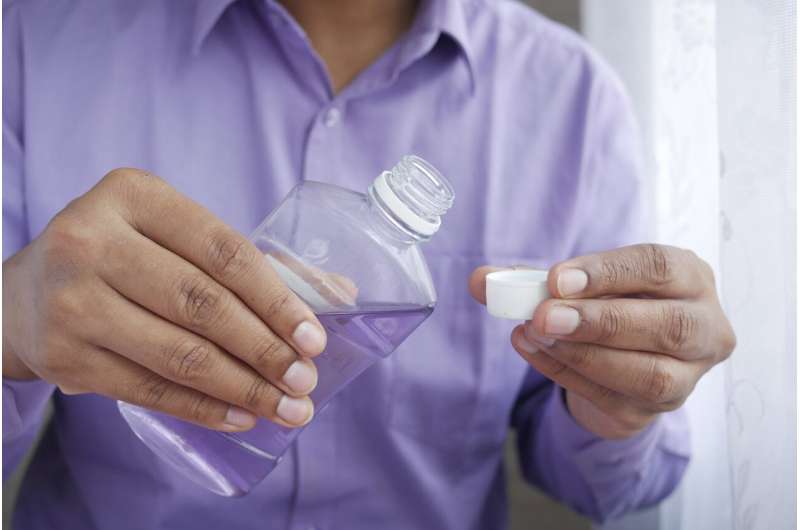Presence of Titanium Dioxide Nanoparticles in Milk and Infant Formula Despite Food Bans

Recent studies reveal the persistent presence of titanium dioxide nanoparticles in milk and infant formula, highlighting environmental contamination and potential health risks despite food bans. Explore the implications of ongoing nanoparticle exposure in early life.
Recent research has raised concerns over the continued presence of titanium dioxide nanoparticles (TiO₂) in milk and infant formula, despite bans implemented in France in 2020 and across the European Union in 2022. Titanium dioxide, known for its opacity and use as a food additive (E171), has been classified since 2006 as possibly carcinogenic when inhaled. While its use in food products has been restricted due to potential health risks, it remains widely used in various everyday items such as toothpaste, sunscreens, cosmetics, medications, and packaging materials.
Environmental studies have previously detected TiO₂ particles in surface waters, groundwater, soil, and air, often originating from industrial activities, paint erosion, or fertilizers containing nanoparticles. To assess human and animal exposure, scientists from INRAE, AP-HP, the SOLEIL Synchrotron, and CNRS analyzed milk samples from both humans and animals, as well as commercial infant formulas. Milk was chosen as a biomarker for maternal exposure, given its essential role in infant nutrition.
Using advanced spectrometry techniques, researchers found titanium dioxide nanoparticles in all tested animal milk samples—both organic and conventional from cows, donkeys, and goats—as well as in 83% of infant formulas across different brands and age groups. Detection methods revealed nanoparticles smaller than 100 nm, which are known to have different physicochemical properties compared to larger particles.
Remarkably, TiO₂ particles were also found in human breast milk. Analyzing samples from ten volunteers in or near Paris, the study observed varying concentrations, with some samples showing up to 15 times more TiO₂ than others, demonstrating that these particles can cross the mammary gland barrier. Estimates showed the presence of millions to billions of TiO₂ particles per liter in both infant formulas and human milk.
These findings indicate that despite regulatory bans, titanium dioxide contamination persists in milk, possibly originating from environmental exposure, industrial sources, or other environmental contamination pathways. Furthermore, prior research from INRAE confirmed that titanium dioxide nanoparticles can cross the placental barrier during pregnancy, suggesting cumulative exposure for developing infants.
Future investigations aim to further characterize the size, crystalline form, and composition of these particles to better understand their toxicity and health implications. Ongoing studies in urban areas like Paris will explore how diet, cosmetics, medications, and other consumer products influence exposure levels to these nanoparticles.
The study underscores the need for continued monitoring of nanomaterials in food and the environment and raises questions about current safety standards and regulations regarding titanium dioxide use and contamination.
Source: https://medicalxpress.com/news/2025-07-titanium-dioxide-nanoparticles-infant-formula.html
Stay Updated with Mia's Feed
Get the latest health & wellness insights delivered straight to your inbox.
Related Articles
Breakthrough in Alzheimer’s Treatment: Nanoparticles Reversing Disease in Mice
Researchers have developed innovative nanoparticles that restore blood-brain barrier function, effectively reversing Alzheimer's pathology in mouse models by clearing toxic amyloid-β proteins.
RFK Jr. Withdraws $500 Million Funding for Vaccine Development Initiatives
U.S. Health Secretary Robert F. Kennedy Jr. has announced the cancellation of 22 vaccine projects totaling $500 million, shifting focus to alternative vaccine strategies to fight respiratory viruses. This decision has sparked debate among health experts about the future of vaccine technology.
Low Uptake of RSV Antibody Shots in Infants Highlights Disparities
A new study reveals low coverage of RSV antibody shots among eligible infants, with significant disparities affecting marginalized groups, highlighting the need for improved vaccination efforts and equity.
Herbal Mouthwash Promises Targeted Oral Microbe Management While Supporting Beneficial Bacteria
A new herbal mouthwash developed by Rutgers University selectively targets harmful oral bacteria while preserving beneficial microbes, offering a promising shift in oral health management.



